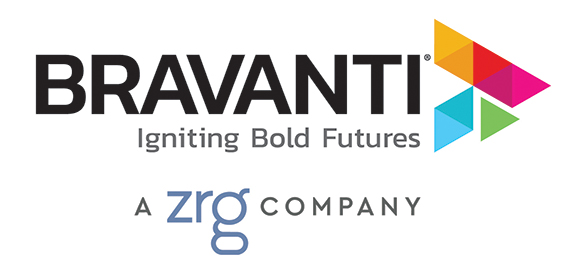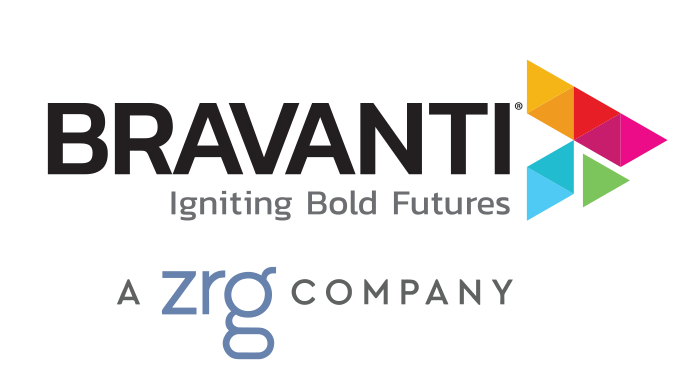By Bravanti
Diversity, equity, and inclusion (DE&I) is a large and growing focus area for many organizations. Each year, companies spend billions of dollars on DE&I initiatives that fail to drive results. Just take a look at some of the figures:
- Only 11% of Fortune 500 CEOs are ethnic minorities (source: MyLogIQ via The Wall Street Journal)
- Nearly half of American workers experienced harassment or discrimination in the past 12 months (source: Gallup)
- 78% of employees say their organizations lack diversity in leadership positions (source: Harvard Business Review)
- 57% of current employees want their employers to do more increase diversity (source: Glassdoor)
Despite growing investment and priority, DE&I outcomes simply aren’t reflecting the expended effort. So, where are we going wrong with DE&I?
There are two main challenges when it comes to getting DE&I initiatives right: First, most organizations are placing more emphasis on recruitment rather than retention and advancement. As seen in the statistics shared above, this translates into sparse numbers of POCs in senior roles. Failing to maintain a diverse pipeline at every level further perpetuates itself as minority employees lack mentors, role models, and even advocates, at increasingly senior roles.
Which brings us to the second main challenge of getting DE&I initiatives right: Lack of meaningful commitment at the executive level. As evidenced by recent missteps and regrettable comments by high-profile executives, diversity programs are far more likely to miss the mark when commitment from senior leaders, especially from the CEO, is superficial or short-lived. Executive buy-in and personal investment in DE&I initiatives are basic requirements needed to build an effective, sustainable pipeline of diverse talent that does more than just check the box.
These challenges, among several others, are the reason we use a push/pull method here at BPI group. This method involves working with leadership to develop systems that “pull” top-tier talent from diverse, mid-management groups while simultaneously “pushing” from those same groups by equipping individuals with key leadership skills and training them how to navigate the company. This methodology provides for a systemic approach to understanding and addressing equity from a holistic perspective.
The push/pull approach is both time-tested and sustainable. For example, we implemented this methodology within the largest business unit at a global professional services firm in 2014. The CEO of this business unit sought to stop the attrition of diverse talent in mid-level positions and to create a more cohesive and inclusive culture among the leadership.
To achieve this goal, we created an initiative that would ensure “pull” from the dominant leadership group by assigning them as advisors to the cohort, and “push” from diverse groups in mid-level positions by training individuals on key leadership skills. Over the course of two days, our team ran a series of skills workshops, small-group breakouts, and executive coaching sessions to introduce a sustainable DE&I system that our client continues to use to this day, six years later.
It’s important to note that employers have come a long way in creating more diverse, equitable, and inclusive workplaces but there’s still a long road ahead of us. Until talent pipelines prioritize and measure minority representation at every level, DE&I initiatives will continue to miss the mark. With a solid strategy, executive buy-in, and meaningful success metrics, you can build a strong, sustainable pipeline of diverse leaders.
Learn more about our Diversity, Equity, & Inclusion solutions.

